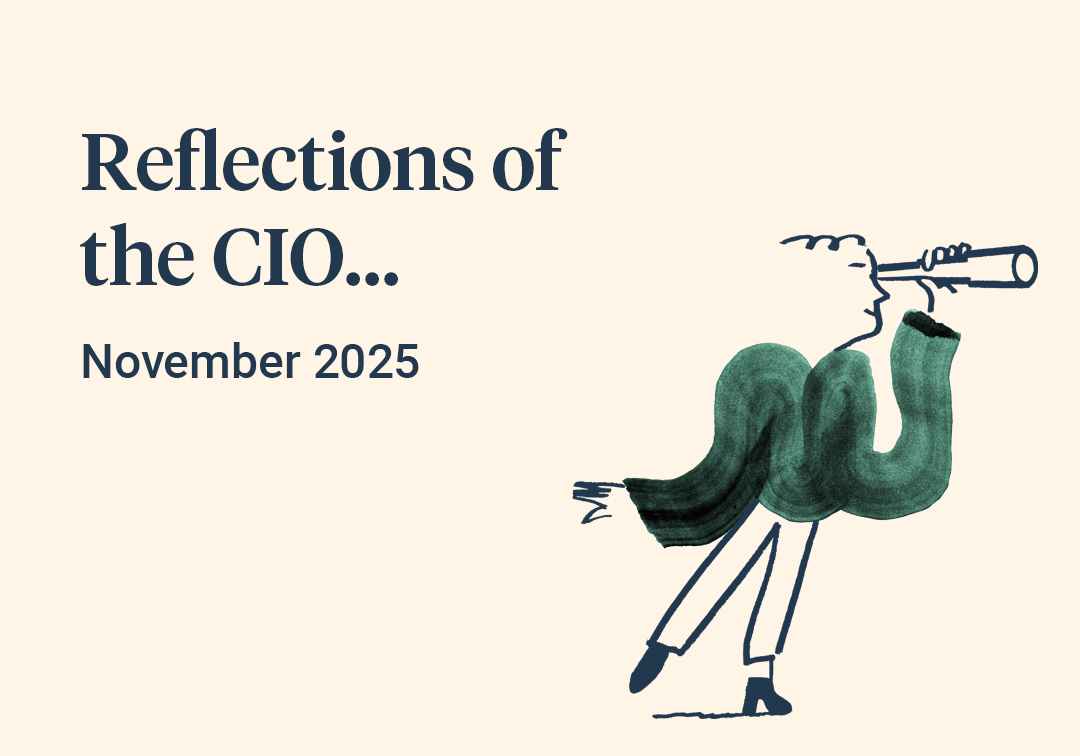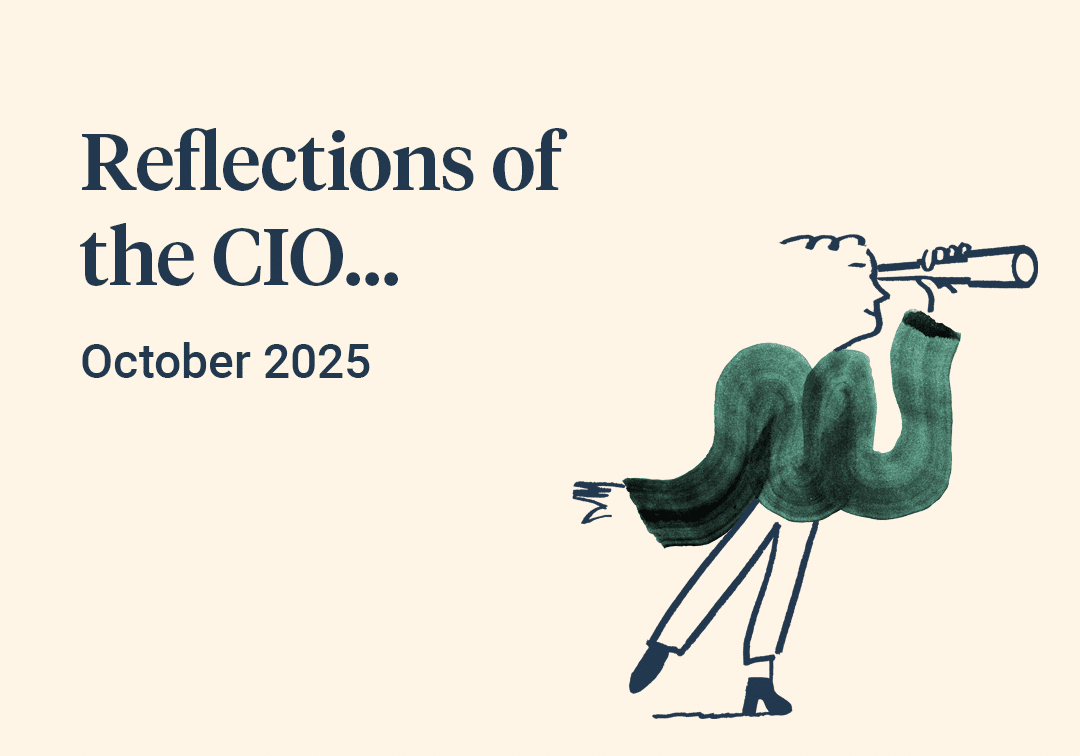April was a month during which battered risk assets staged a strong rally across the globe. After the widespread panic of mid-March, a combination of seller exhaustion, massive stimulus and better news on the spread of Covid-19 acted to steady sentiment and push stock markets up from their lows. Indeed, depending on which particular area one wants to drill down on, this was one of the sharpest rallies ever seen, coming as it did on the back of one the quickest ever collapses.
The amount of stimulus promised or provided by governments and central banks is now touching $16trn, or just over 18% of the global economy. This is an eye watering number by any standards and has been provided at breakneck speed to offset the effects of the current mandatory shutdowns. The need for this massive stimulation effort was made abundantly clear in April by a series of ugly economic datapoints, each of which underlined the deep impact of social distancing measures on activity planetwide. Cushioned by this huge injection of liquidity and government spending, markets absorbed the deluge of bad news and focused instead on how the spread of Covid-19 was evolving.
“This was one of the sharpest rallies ever seen, coming as it did on the back of one the quickest ever collapses.”
As infection rate data began to slow, then peak for western nations during April, market momentum steadily built across the globe. Sentiment was also boosted by reports of varying credibility, on the progress of existing drugs for Covid-19 treatment and the prospect of a new vaccine. In addition, after an exceptionally aggressive period of de-leveraging in the middle of March there was also substantially less selling pressure to meet this rally, which in turn added to momentum. Some asset classes which had been dysfunctional the month before, e.g. the corporate credit market, managed to pivot on the back of central bank support and post their most active period ever. In the US market alone issuance was over $250bn in April, a new record posted at the same time the US economy was delivering the worst economic numbers since the Great Depression, a situation which graphically illustrates how powerful policy changes can be in determining investor behaviour. The ‘whatever it takes’ mentality behind central bank intervention, is clearly beginning to have its desired effect in unblocking key parts of the financial system.
“The ‘whatever it takes’ mentality behind central bank intervention, is clearly beginning to have its desired effect in unblocking key parts of the financial system.”



